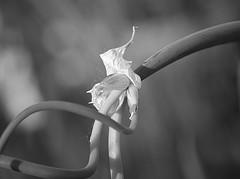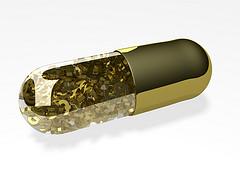 The four cameras of the tomb were crowded of objects like cars covered with gold, furniture made with incrustations, an ample range of personal objects of the king, including the jewelry shop, one series of chapels and coffins that protected the king, and famous the solids – gold that adorned its mask of momia-one of the most representative examples of the old Egyptian art that never is shortage supposes a perfect visual documentation of the situation in which the works in Egypt were carried out. A work, that details and dates the care and the illusion the illusion from the producers of the project and how the Egyptian town turned upside down more with the finding of its recognized ancestor in the future. This Madrid summer has a exhibition of Tutankamon: The exhibition Tutankhamon. The treasures of the Pharaoh will be until day 17 of October in pavilion 12 of the House of Field Harry Unexpected Burton graphical reporter, Was born in Lincolnshire, England in 1879. It studied photography in Florence, Italy. Thanks to their great sensitivity and to utilizacin of the natural light of an excellent form, all the photographies that realised in the mortuary camera of the Pharaoh have managed to become a patrimony of the humanity by his historical content and because they are the most important documents that they show the findings to us that were realised.
The four cameras of the tomb were crowded of objects like cars covered with gold, furniture made with incrustations, an ample range of personal objects of the king, including the jewelry shop, one series of chapels and coffins that protected the king, and famous the solids – gold that adorned its mask of momia-one of the most representative examples of the old Egyptian art that never is shortage supposes a perfect visual documentation of the situation in which the works in Egypt were carried out. A work, that details and dates the care and the illusion the illusion from the producers of the project and how the Egyptian town turned upside down more with the finding of its recognized ancestor in the future. This Madrid summer has a exhibition of Tutankamon: The exhibition Tutankhamon. The treasures of the Pharaoh will be until day 17 of October in pavilion 12 of the House of Field Harry Unexpected Burton graphical reporter, Was born in Lincolnshire, England in 1879. It studied photography in Florence, Italy. Thanks to their great sensitivity and to utilizacin of the natural light of an excellent form, all the photographies that realised in the mortuary camera of the Pharaoh have managed to become a patrimony of the humanity by his historical content and because they are the most important documents that they show the findings to us that were realised.
Besides its work in black and white, Burton also photographed many objects in color and films done of the objects, since they were retired of the tomb. Burton was exceptional witness of a matchless event for the Egyptology and the scientific history that was possible thanks to the tenacity of an English young person, the Howard archaeologist Carter. In 1914 it went to Egypt after the Metropolitan one and left the excavations towards 1935 but it continued recording documents.

 The gold, like no other metal, has a fascinating history and a special place in the world. It is used in a range of the essential uses of every day for the modern life. The gold has considered one of the most precious metals of the world. The main uses for gold are jewelry shop, odontolgy, adornments in buildings and artistic expression. Many unique characteristics of gold have assured it a central paper in history and the human development. The gold has been considered by people since from the most remote times it is used to make the statues, the icons and also so that the jewelry shop adorns our bodies.
The gold, like no other metal, has a fascinating history and a special place in the world. It is used in a range of the essential uses of every day for the modern life. The gold has considered one of the most precious metals of the world. The main uses for gold are jewelry shop, odontolgy, adornments in buildings and artistic expression. Many unique characteristics of gold have assured it a central paper in history and the human development. The gold has been considered by people since from the most remote times it is used to make the statues, the icons and also so that the jewelry shop adorns our bodies.